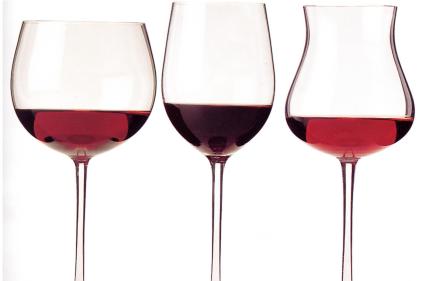Although there has not been a major percentage upswing in how much wine-drinkers consume, some subsets within wine consumption and wine purchasing categories have changed for the better. Here are the top findings from the valuable report:
• Three years ago, the major reason consumers spent less on wine purchases was due to having insufficient disposable funds as well as the ability to purchase good wines at lower price points. In 2008, 60% of respondents reported they did not have “as much money to spend on wine,” compared to 45% of respondents in 2011.
• Patronage at upscale, white-tablecloth restaurants has improved over the three-year period included in the study. In 2008, 45% of respondents answered that they eat at these restaurants less often, compared to 33% of respondents in 2011
• In 2008, 45% of consumers who dined at upscale restaurants ordered wine by the glass, compared to 41% of respondents in 2011. From 2008–2011, bottle sales in restaurants increased: In 2008, 19% of those who dined at upscale restaurants ordered wine by the bottle, compared to 21% of respondents in 2011.
• The rate of participants who plan to buy less expensive wines has increased significantly. In 2009, 38% of consumers reported they would continue to purchase less expensive wines even in a booming economy, compared to 45% of respondents in 2011.
• Millennials are willing to spend the most on wine: In 2011, 25% of Millennials were willing to spend $50 on a bottle of wine, while only 2% of Generation Xers and 4% of Baby Boomers were willing to do the same.
From the May 17, 2012, Prepared Foods’ Daily News
